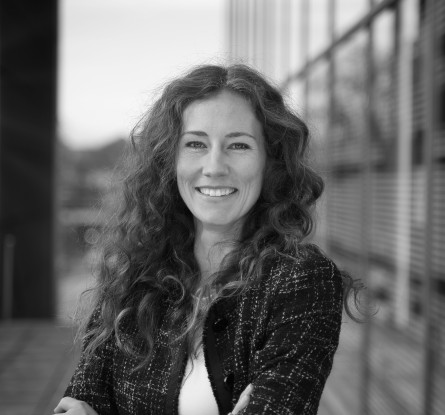FG Immobilienwirtschaft und Baubetriebswirtschaftslehre

SotA_Messmethoden_Innenstadt
Ongoing project in cooperation with Midstad on humanized city development
Initial situation:
Cities, and inner cities in particular, serve people as places to fulfill various basic functions of existence, such as living, working, supplying and leisure activities. In recent decades, however, the framework conditions of cities have changed massively. Catalyzed by the Covid-19 pandemic, the need for transformation is growing, revealing a lack of resilience to changing requirements in many inner cities. While in cities such as Melbourne in Australia, which has been among the top 3 in the ranking of the most liveable cities for years, local leaders are increasingly discussing which qualities make the city lovable and liveable for the population, in German city centers the need for adaptation often dominates without concrete strategies. In order to develop approaches to transform city centers into lively, human places, a comprehensive knowledge of how citizens experience, use and perceive urban space is required. Reliable data is needed to answer the question of how liveable cities differ from less liveable ones. Different disciplines deal with the measurement and recording of human perceptions and behavior. These surveys can be carried out both on the basis of subjective assessments by respondents and with the help of objective measurement methods. However, while self-reported data is subject to the risk of being negatively affected by interference or falsification, data obtained from standardized procedures is subject to fewer restrictions. The aim of this research project is to investigate which procedures and methods of measurement are currently used in urban research or can be transferred to this context in order to contribute to more informed and effective urban planning and design processes.
The aims of this study are:
1) To generate transparency about analytical methods for collecting human data in connection with perception and behavior (How and by what means can conscious and unconscious behavior, emotions and perceptions of people be recorded?)
2) To uncover the fields of application of existing measurement methods and to present the technologies used (research question: How and with what can people's perception and behavior be measured?)
3) To determine which methods have the potential to be transferred to the inner city context (research question: What are the advantages and disadvantages of the methods and to what extent could their use be useful in the transformation of inner cities?)
The purpose of this study is to,
a) to obtain an overview of existing methods for measuring human perception and recording the environment,
b) to show fields of application of technologies and methods and to analyze the transferability to the context of cities,
c) to identify open questions and derive new research needs and
d) to generate certainties for decision-making in project developments in inner city locations and to generate a basis for decision-making for a future-oriented inner city policy.
The project is divided into two sub-projects:

| Name | Working area(s) | Contact | |
|---|---|---|---|

Picture: Jonas Rau
| Dr. Kyra Voll Research assistant at the Department of Real Estate Management and Construction Economics | voll@bwl.tu-... | |

| Jonas Rau M.Sc. | rau@bwl.tu-... +49 6151 16-24512 S1|02 31 | |

| Prof. Dr. Andreas Pfnür | pfnuer@bwl.tu-... +49 6151 16-24510 S1|02 31 |
